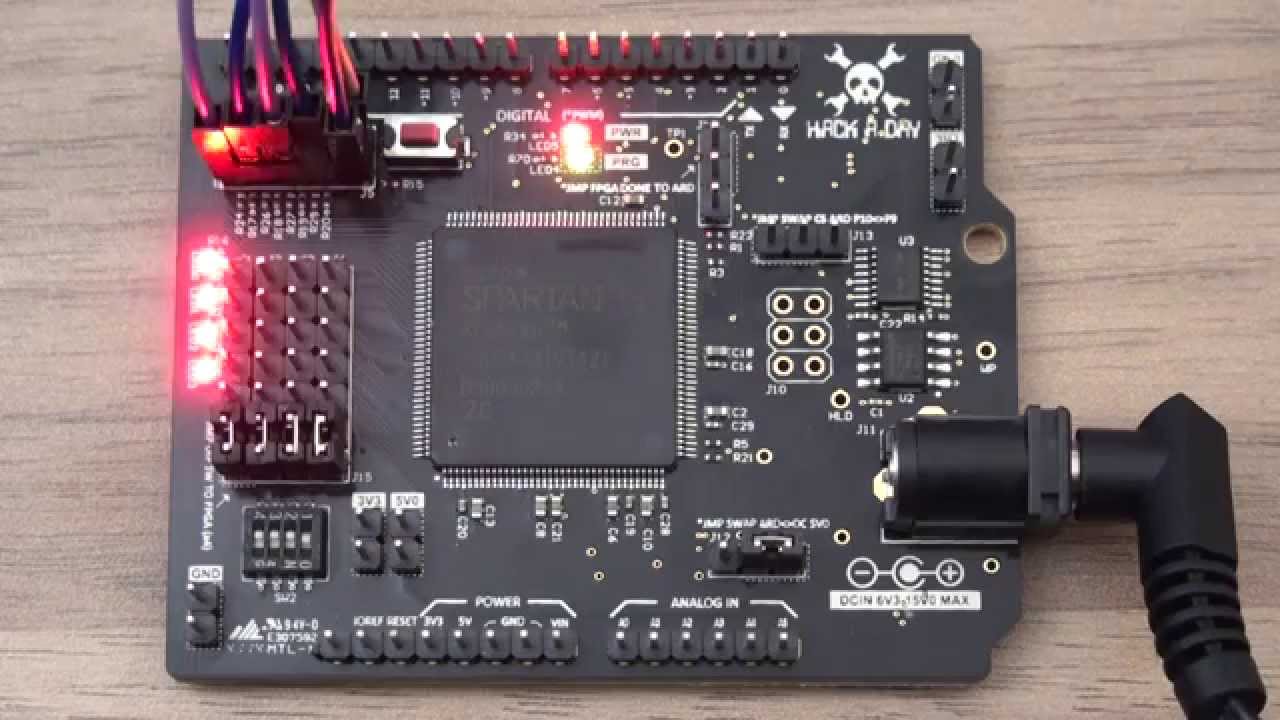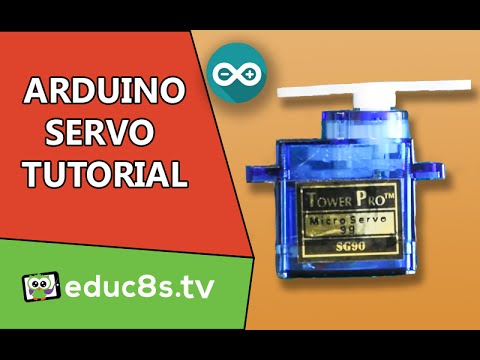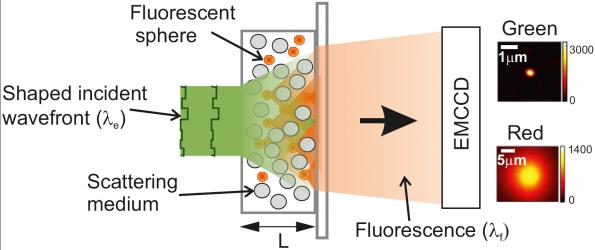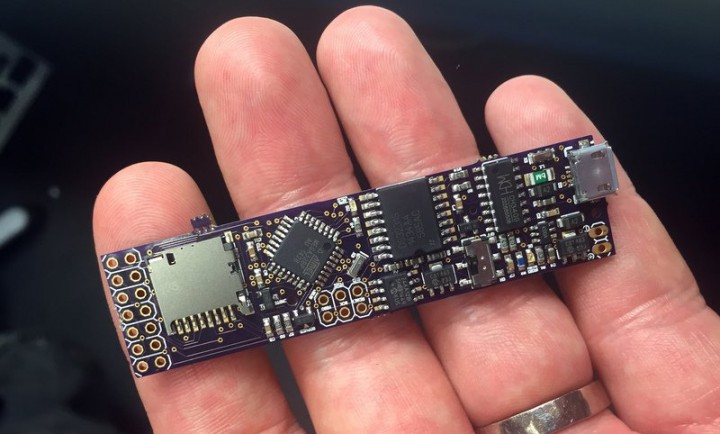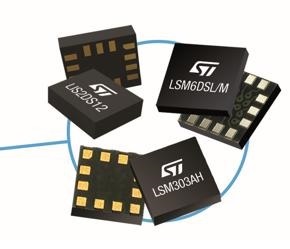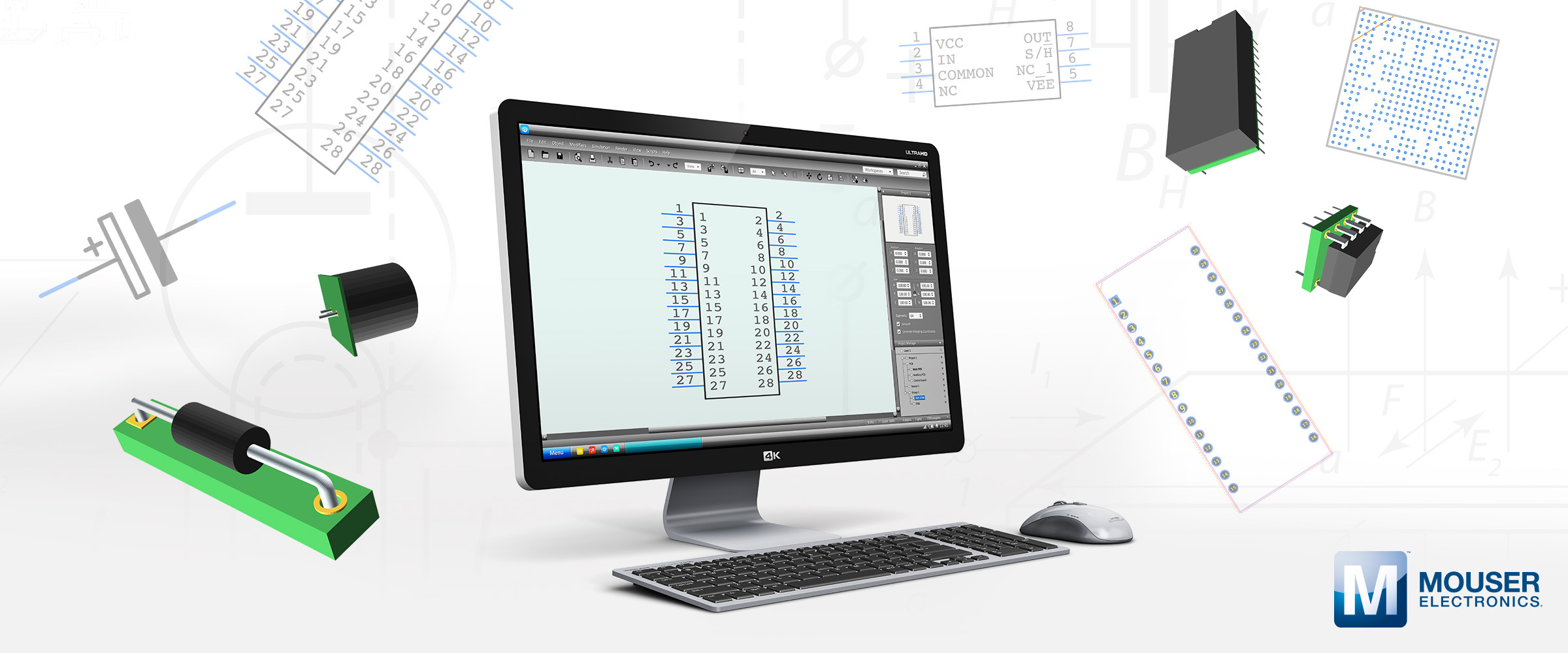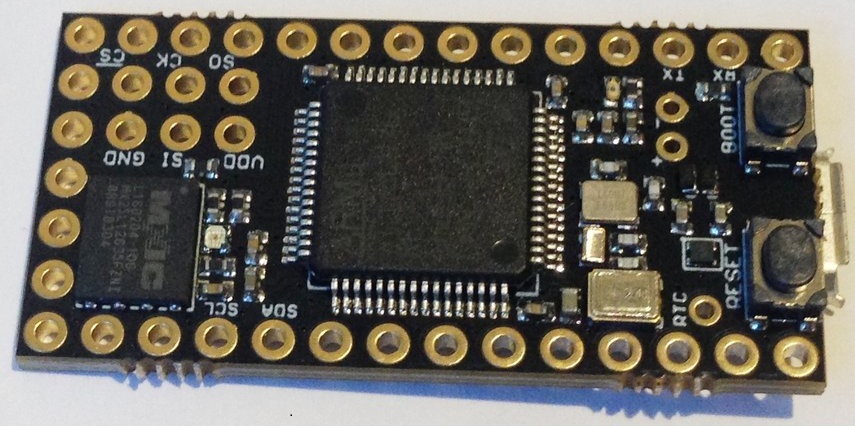
Butterfly & Ladybug, STM32L4-Based Arduino-Programable Development Boards
Arduino boards are very useful for beginners to get started with building hardware projects. But at some point, more powerful controller than the Arduino’s 8 MHz one will be needed, featuring faster clock rate, floating point engine, and rich peripherals.
As Kris Winer found, the code editors and compilers for these controllers aren’t as simple as Arduino IDE. So using them may be a very frustrating experience.
Kris collaborated with Thomas Roell to solve that by developing new development boards that allow developers to use and program STM32L4 MCUs with the simplicity of Arduino IDE.
They started on Tindie with Dragonfly, a small (0.7” x 1.4”) development board for the high-performance, ultra-low-power line of 32-bit microcontrollers, STM32L4X6 family. Dragonfly uses the STM32L476RE 64-pin LQFP chip package with 512 kB of high-speed flash memory, 128 kB SRAM, running at up to 80 MHz with a single-precision floating point unit.
Two new boards are added to the Dragonfly family, the Butterfly and the Ladybug. These boards are small, low-cost development boards with simple, open-source designs that will allow approximately anyone to make use of the STM32L4 in their own custom applications. They rely on a single, inexpensive 32.768 kHz crystal oscillator and don’t require the ST-Link built into the STM32 Nucleo boards. Applications can be developed using the Butterfly and Ladybug development boards which provide access to all GPIOs and peripherals of the STM32L4.
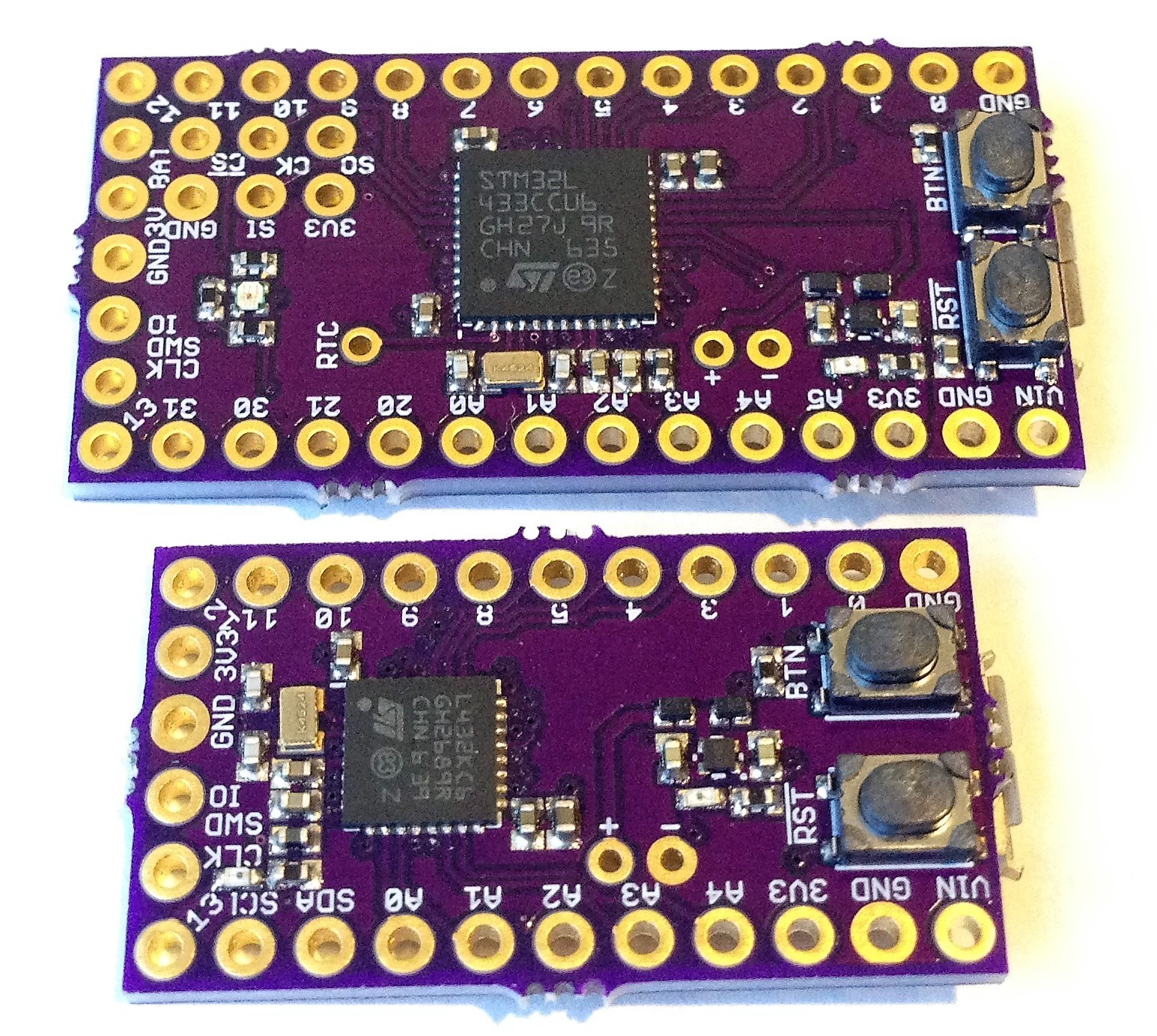
The Butterfly is 0.7” x 1.4” board and it uses the STM32L433 80 MHz ARM Cortex M4F 48-pin QFN package. While the Ladybug is 0.6” x 1.1” and uses the STM32L432 QFN package for more rational routing.
Technical specifications:
- Microcontroller: STM32L4 ARM Cortex M4F
- Clock speed: 1, 2, 4, 8, 16, 24, 32, 48, 64, 80 MHz
- Operating voltage: 3.3V
- I/O pin limits: most pins 5.0 V tolerant, 20 mA
- Digital I/O pins: 22, with 11 PWM (Butterfly), 13, with 10 PWM (Ladybug)
- Analog input pins: 6 (Butterfly), 5 (Ladybug), 12-bit ADC channels
- Analog output pins: 2 12-bit DAC
- RTC: 1 ppm accuracy
- Flash memory: 256 KB SRAM: 64 KB
- Voltage regulator: 3.3-5.5V input / 3.3V, 150 mA output
- Dimensions: 1.4 x 0.7″ (Butterfly), 1.1 x 0.6″ (Ladybug)
A kickstarter campaign had been launched to increase the production volume to allow rock bottom pricing. But unfortunately, the campaign ended without reaching the specified goal.
Butterfly and Ladybug were designed for ultra-low-power applications and for small LiPo battery operation. There is a port for a JST battery connector on the board as well as a Vin at the board edge that connects to the battery anode so peripherals like haptic motors or displays can be powered directly from the battery, or the board can be directly powered from Vin.
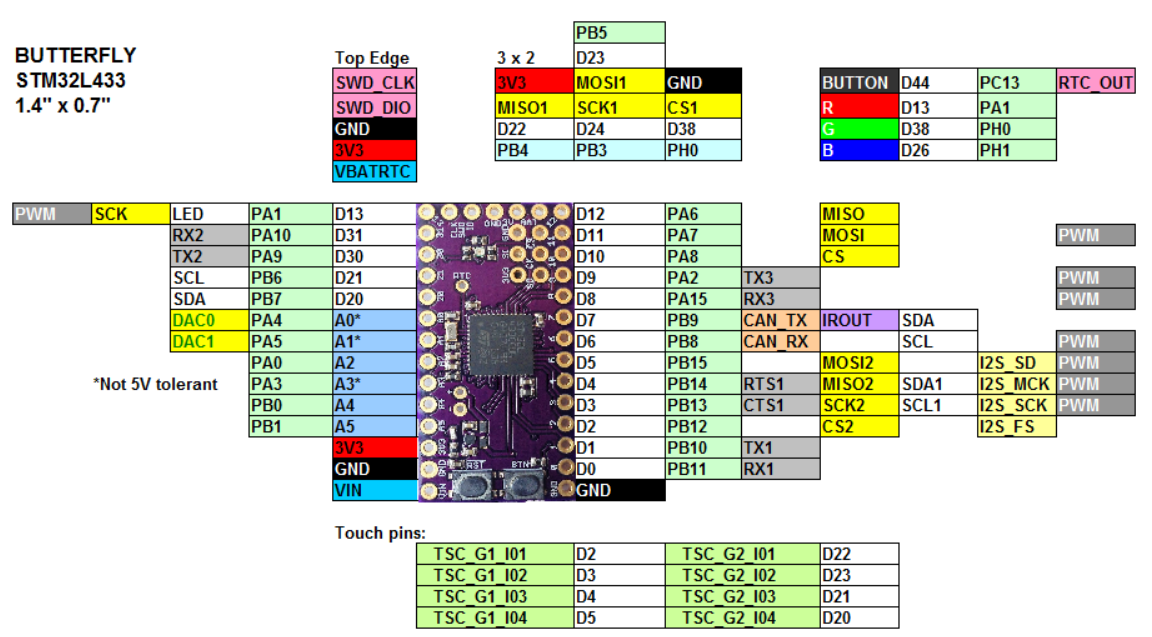
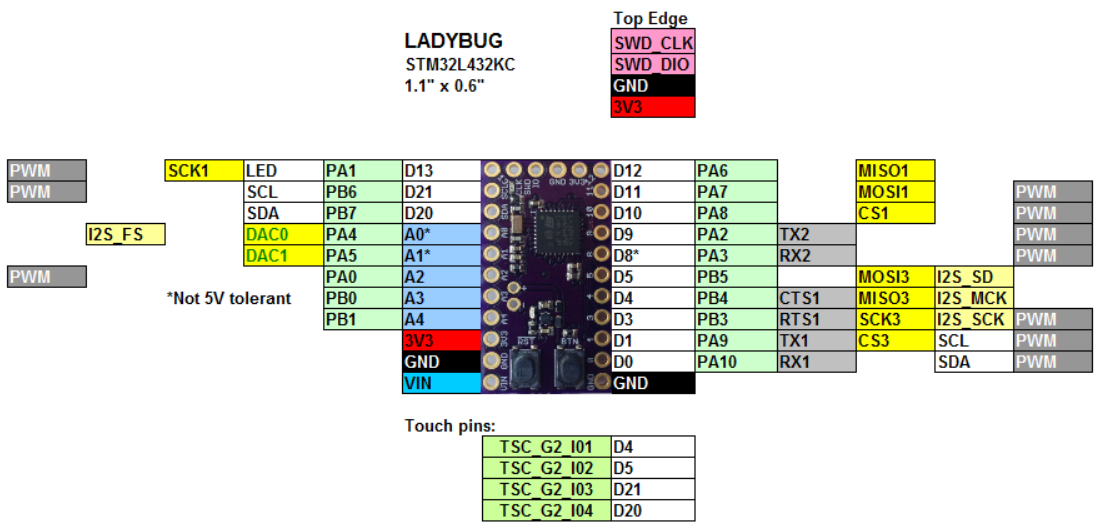
The boards are fully open source so anyone can get the source files and make his own easily. To find more details about the project visit its page at hackaday, and at OSH Park.





